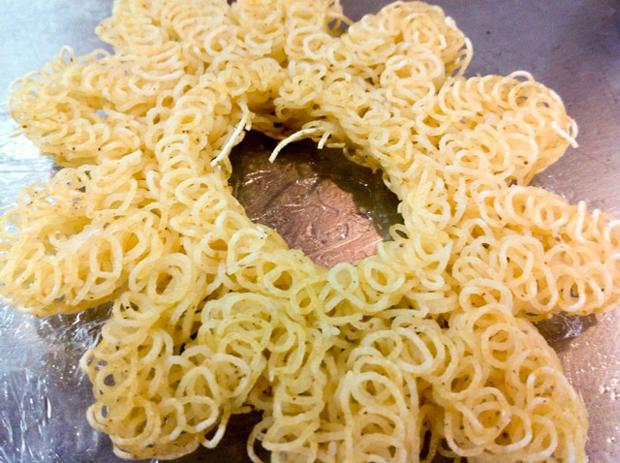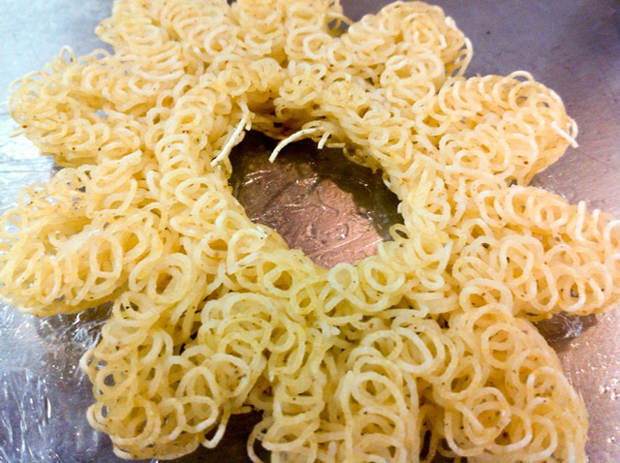Last week, sea ice coverage in the Arctic dropped to a new record low, according to data from the University of Bremen. It's the lowest since 1972, when we started observing sea ice via satellite, but it could well be the lowest in 8,000 years. And it's more than 10,000 square feet below the previous record, set in 2007.
Yes, this is because of climate change, and yes, it's going to get worse, say researchers:
Increased sea ice melt is an unerring indicator of climate change. With ice cover now also thinner than in previous decades, there is “a greater potential for late season ice-loss, caused by warm water melting ice from below or winds that push the ice together”, say scientists with the National Snow and Ice Data Center in Boulder, Colorado.



